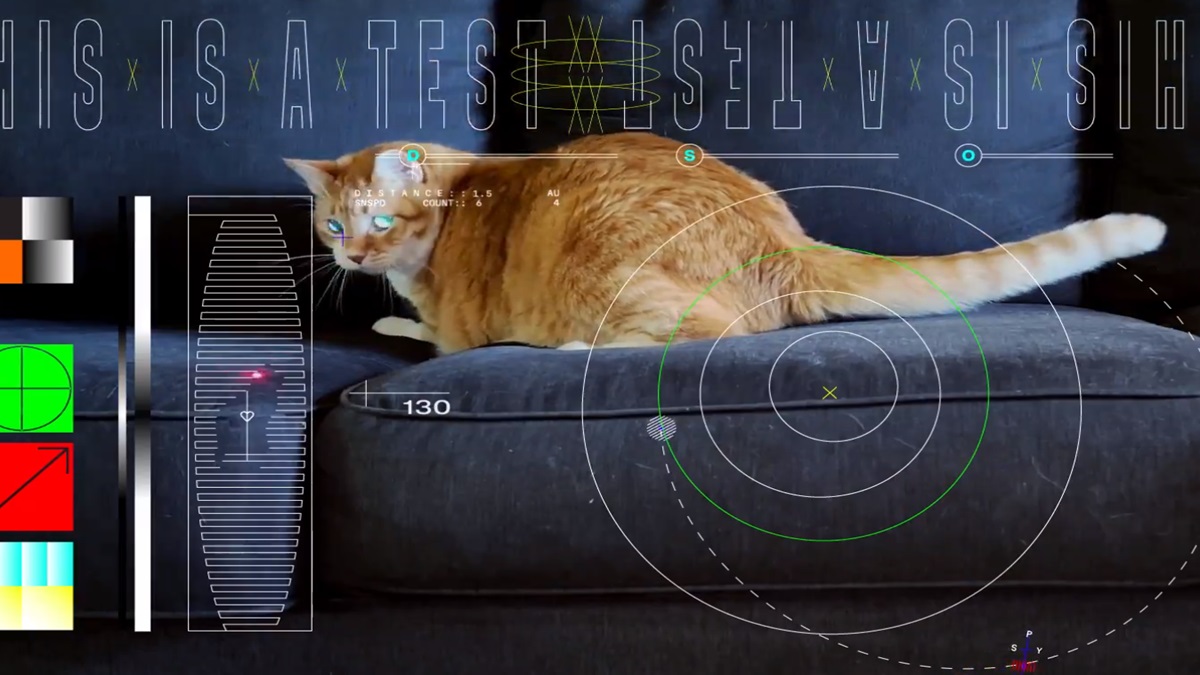Nasa has achieved a technological milestone by streaming an ultra-high-definition video of a cat from deep space back to Earth. The 15-second footage features Taters the cat, owned by a NASA Jet Propulsion Laboratory (JPL) employee in California, engaging in a playful chase of a laser beam. Remarkably, this video journeyed a staggering 19 million miles to Earth, about 80 times that between the Earth and the Moon.
This groundbreaking transmission, which took place on 11 December, was part of a test for advanced laser technology that NASA aims to use to enhance communication within the farther reaches of the solar system. The clip was initially uploaded to a spacecraft aboard SpaceX’s Falcon Heavy rocket, launched from Florida’s Kennedy Space Center on 13 October.
Ryan Rogalin, JPL’s electronics lead, noted the impressive speed of the transmission, stating it was faster than most broadband internet connections. The Hale telescope at the Palomar Observatory received the video before being streamed to the JPL facility in real-time. Intriguingly, Rogalin mentioned that the data transfer from the observatory to JPL was slower than the space-to-Earth transmission.
JPL’s DesignLab was commended for showcasing this innovative technology, with Taters the Cat winning hearts. Bill Klipstein, the demonstration project manager at JPL, highlighted that the video, embellished with graphics including technical mission information and Taters’ details, was crafted to enhance the memorability of this significant event. The video is also available for public viewing on YouTube.
This test is a part of NASA’s Deep Space Optical Communications (DSOC) mission, aimed at exploring communication technologies capable of handling large volumes of high-quality data over vast distances, surpassing the limitations of radio frequencies. NASA Deputy Administrator Pam Melroy expressed the agency’s commitment to advancing optical communications, emphasizing its crucial role in future space exploration and interplanetary missions.



